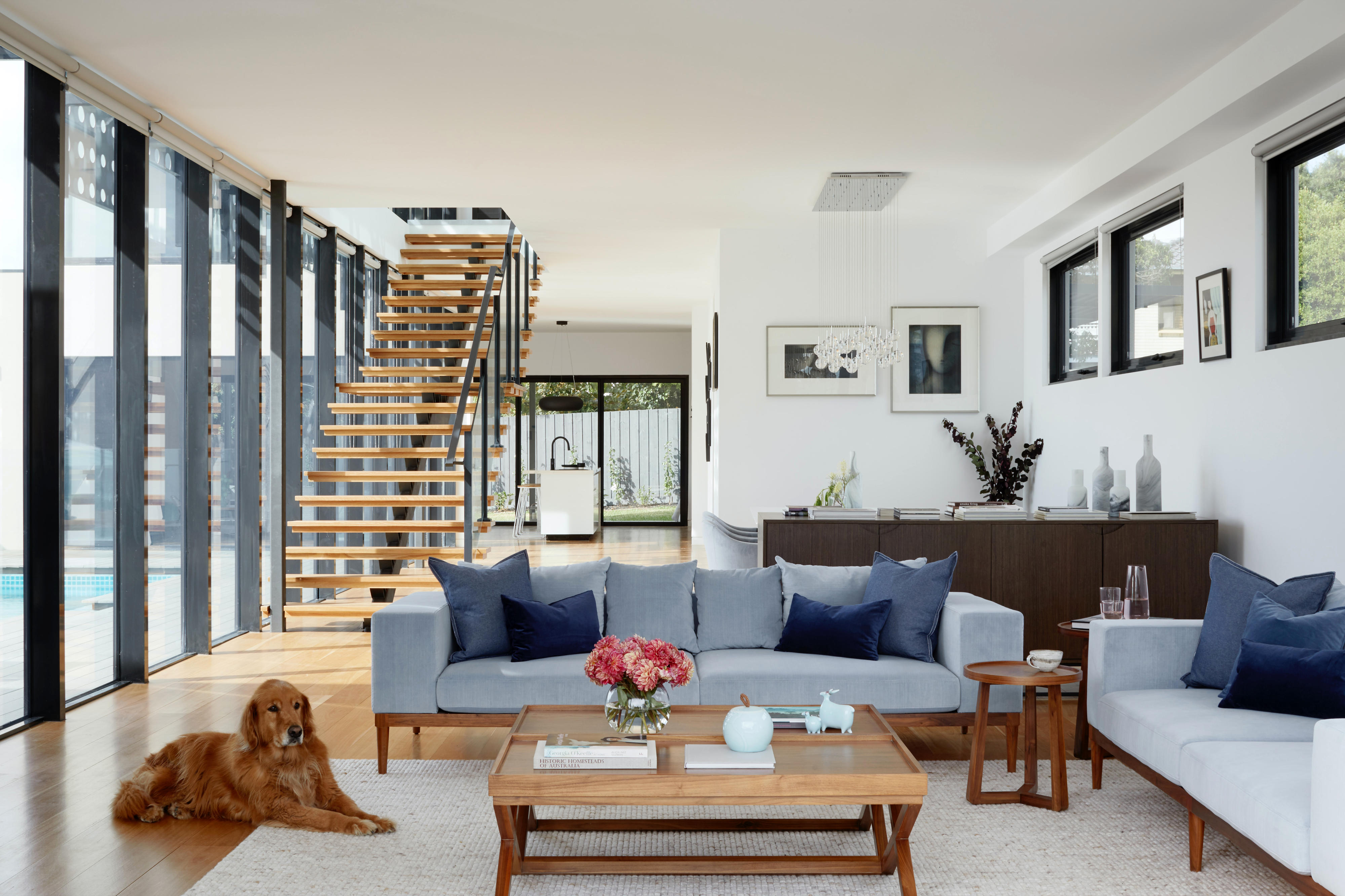Prime
How to make your living spaces look more contemporary

Play with colour mainly shades of gray, white and beige with two or three muted tones. PHOTOs/unsplash
What you need to know:
The contemporary style being based on current trends gives one opportunity to experiment with the current culture, trends and innovations.
Contemporary in its basic meaning implies using items made by today’s artisans and artists.
To make a home more contemporary your space will need to be more simplified, compact and efficient because of technological advancement.
Unlike other designs, contemporary design allows you to either go minimalism or maximalist.
Phillip Luwemba, an interior and architectural designer says one can get a contemporary look with furniture, fittings and furnishings.
He explains, “Steer clear of the traditional and rather look out for innovative and more environmentally friendly materials, which give contemporary design its visual edge. Bamboo, cork, recycled plastics and glass, aluminum and clay are element that pull together a contemporary design.”
Colours
Similarly, the colours in contemporary design are earthy and naturally neutral. This means that tones are inspired by nature such as stone grey, sandy browns, charcoal black and cloudy whites.
Colour pops are also more natural with leafy greens or rich jewel tones adding the oomph to a space.
To make a home more contemporary, Simon Yiga, an interior designer, suggests an open design concept.
“A contemporary style is about minimalistic and modern elements so avoid clutter at all costs. Have a neutral colour scheme with some bold accents. Play with colour mainly shades of gray, white and beige with two or three muted tones and shades of complementary colours,” Yiga advises.
The minimalistic theme, he adds, is considered contemporary as it currently commands the production market and lets the room feel more spacious and playful.
Affordable
“It costs less and uses less materials that can be easily assembled. It can easily be transferred to a new location within the space. Giving one the opportunity to change their interior multiple times using the same furniture,” Luwemba explains.
What would contemporary design be without contemporary art?
Yiga notes that in contemporary home interiors, artwork takes prominence. A feature wall or as astandalone statue in an entryway are common elements.
This art extends to functional objects such as geometric features using mirrors and cantilevered shelves or television consoles.
“Contrast industrial and natural elements such as metal stands with polished wood shelves, concrete and decor pieces among others. Add some organic elements such as real natural house plants or floral arrangements,” he recommends.
Trendy
Yiga says that the contemporary design is stereotypically centred on what is trending which is why it is common in commercial accommodations such as hotels, fully furnished apartments and model homes but it can be personalised to suit someone’s space.
One way of personalising the design is adding collectibles and personal mementos from various travels.
As any part of the world becomes more accessible, styles are mixing and blending to create something new. As a result, contemporary interior design always showcases an additional influence.
The contemporary style being based on current trends gives one opportunity to experiment with the current culture, trends and innovations.
For instance there are endless ways to experiment with lighting in contemporary design.
Currently, contemporary style lighting has a smooth profile created with simple lines and curves.
The design is minimal with no ornamentation or noisy textures. T
he majority of contemporary lighting features grayscale tones, however, on occasion a pop of colours is included.
A strong identifier of contemporary lighting are designs that utilise recent innovations.
This enables you to mix and match contrasting colours to get an edgy and sophisticated outcome.
For the best result in this case, you should have one of the contrasting colours on the light fixtures, chandeliers or lamps themselves.
Pendant lights or traditional floor lamp are good options.
A number of local artisans create decoration on modern lights with sisal, banana fibers and the light which helps fuse modern or contemporary lighting with natural materials.
Neutral colours such as cream, white and gray work well in contemporary spaces on items like rugs, wall paint, on choice items such as tables, lamps and wall tiles and art wall pieces.
Hallmarks
Contemporary design refers to the current and popular designs of the moment.
Hallmarks of this design style include clean, curved lines, natural materials, stark contrasts, cool tones and attention to quality.
Most notably contemporary design is the preferred design style for trendsetters who have the budget to continuously update their home décor to match the latest design trends.
Sometimes mistakenly referred to as modern design, the fluid interior design trend has consistently evolved since the 1970s and continues to pull from other styles- like modern, minimalist, bohemian, and rustic- for design inspiration.





